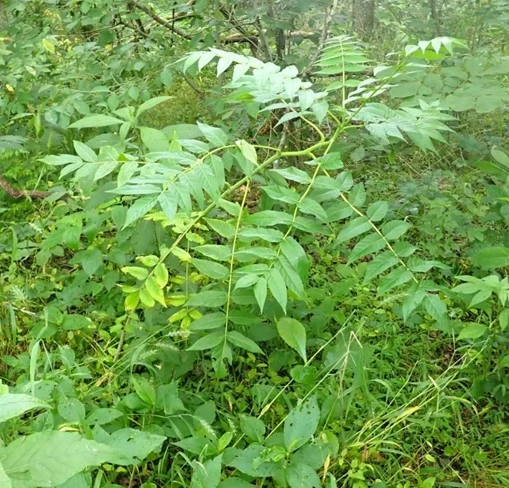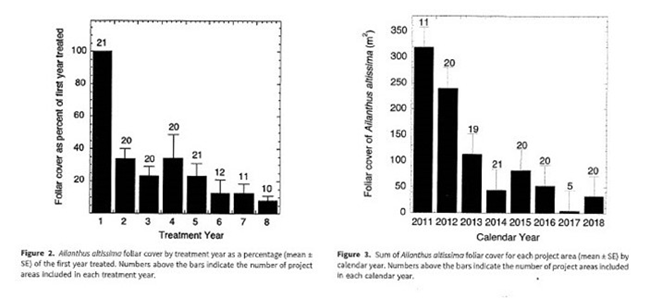What are Invasive Species and Why are They a Problem?The National Park Service defines an invasive species as “a non-native species that causes harm to the environment, economy, or human, animal, or plant health.” From zebra mussels gumming up pipes and engines in the Great Lakes to pythons in the Everglades to kudzu across the southern states to Giant hornets in the Pacific Northwest, studies now estimate the annual cost from invasives at around 120 billion dollars with more than 100 million acres affected. That’s roughly the size of California! Our national parks not only contain unique and rare plants and animals but are also battlegrounds for protecting these special places from such threats. The NPS here at Buffalo National River is working in cooperation with the NPS Heartland Inventory and Monitoring Network, the Arkansas Game and Fish Commission, the Watershed Conservation Corps, and the Buffalo National River Partners to combat these threats. 

Young CC, Bell JC, and Morrison LW (2020) Long-term treatment leads to reduction of tree-of-heaven (Ailanthus altissima) populations in the Buffalo National River. Invasive Plant Sci. Manag 13: 276–281. doi: 10.1017/inp.2020.2 Tree of Heaven (Ailanthus altissima)The scientific name, Ailanthus, meaning sky-tree, and the common name, tree of heaven, refer to this tree’s ability to grow towards the sky very quickly, but the fast growth causes weak limbs that may easily break with wind and weather. Also, this allelopathic tree puts chemicals into the soil that can kill other plants while promoting the growth of its own seeds. One mature tree can produce as many as 325,000 seeds in a single year. Tree of heaven also responds like few other plants to threats. One tree cut down today can result in the sprouting of a dozen new sprouts from the roots and base of the tree that can grow as high as six feet tall in a single year. However, treatments at Buffalo National River have provided vital evidence that shows that treatments can work to greatly reduce if not eradicate this devastating species. 
Feral Hogs (Sus scrofa)Rooting and wallowing behaviors can damage crops, sensitive nesting sites, and rare plant communities, as well as spreading disease to livestock and out competing other animals for food. Feral Hogs are prolific reproducers. They may reach reproductive age as early as 8 months and can produce as many as 12 piglets a year. The National Park Service has been working with the Arkansas Game & Fish Commission and the U. S. Department of Agriculture Animal & Plant Health Inspection Service to reduce the feral hog population in the state and at Buffalo National River. Hunting and trapping methods are currently being used by the National Park Service as means to reduce the population of feral hogs in the park.
Emerald Ash Borer (Agrilus planipennis)The emerald ash borer, originally from northeastern Asia, now has a core population in Michigan and threatens to completely wipe out ash tree populations. The adult beetles nibble on green leaves of the ash tree but cause little damage. The larvae (the immature stage) feed on the inner bark of ash trees, disrupting the tree's ability to transport water and nutrients. This insect is now found in 35 states.What can I do?Everyone has a role to play in the protection of Buffalo National River and other public lands. Below are a few things you can do to help.
To learn more about Invasive Species throughout the National Park Service, click here. If you have any questions or would like to learn more, please feel free to contact us. |
Last updated: April 7, 2024
